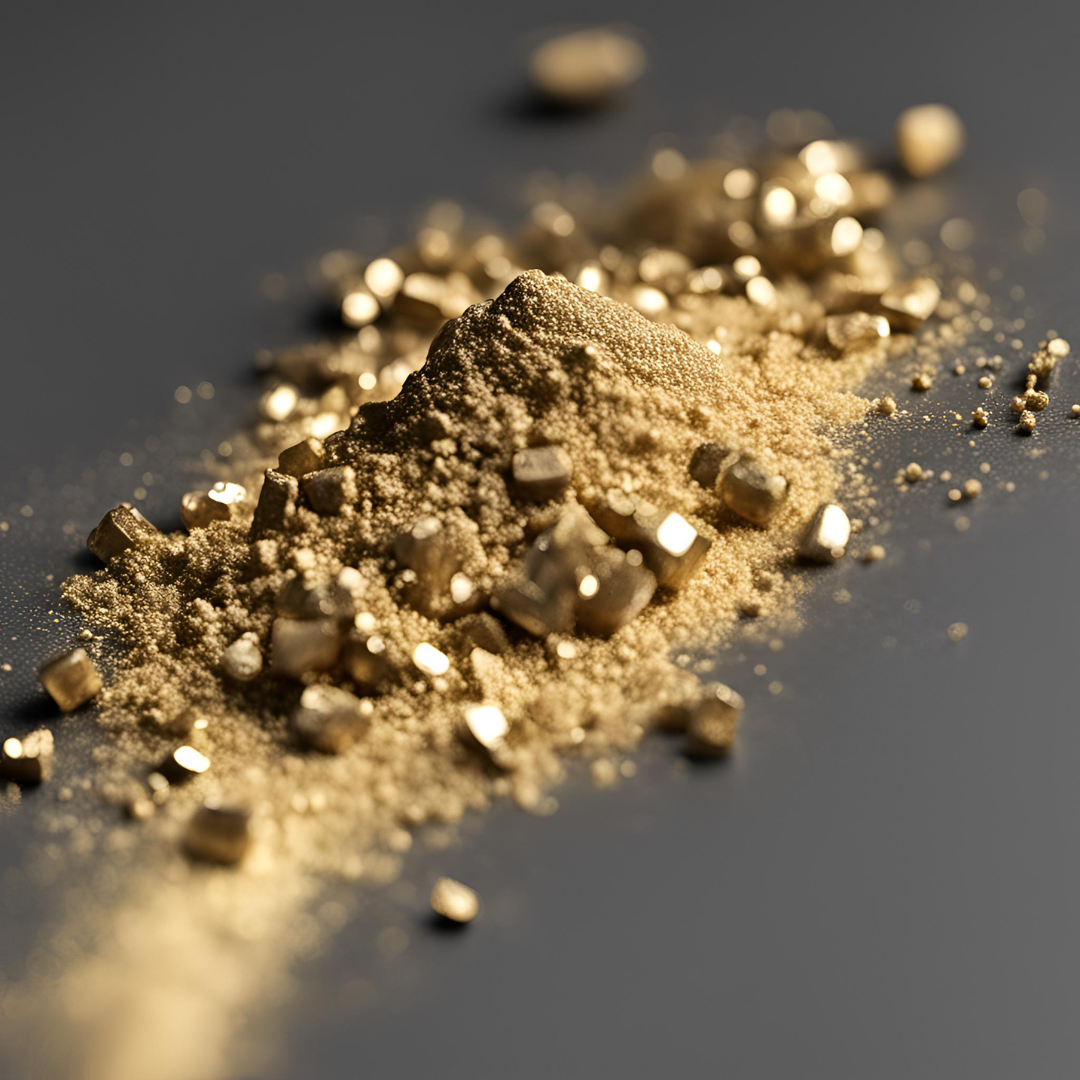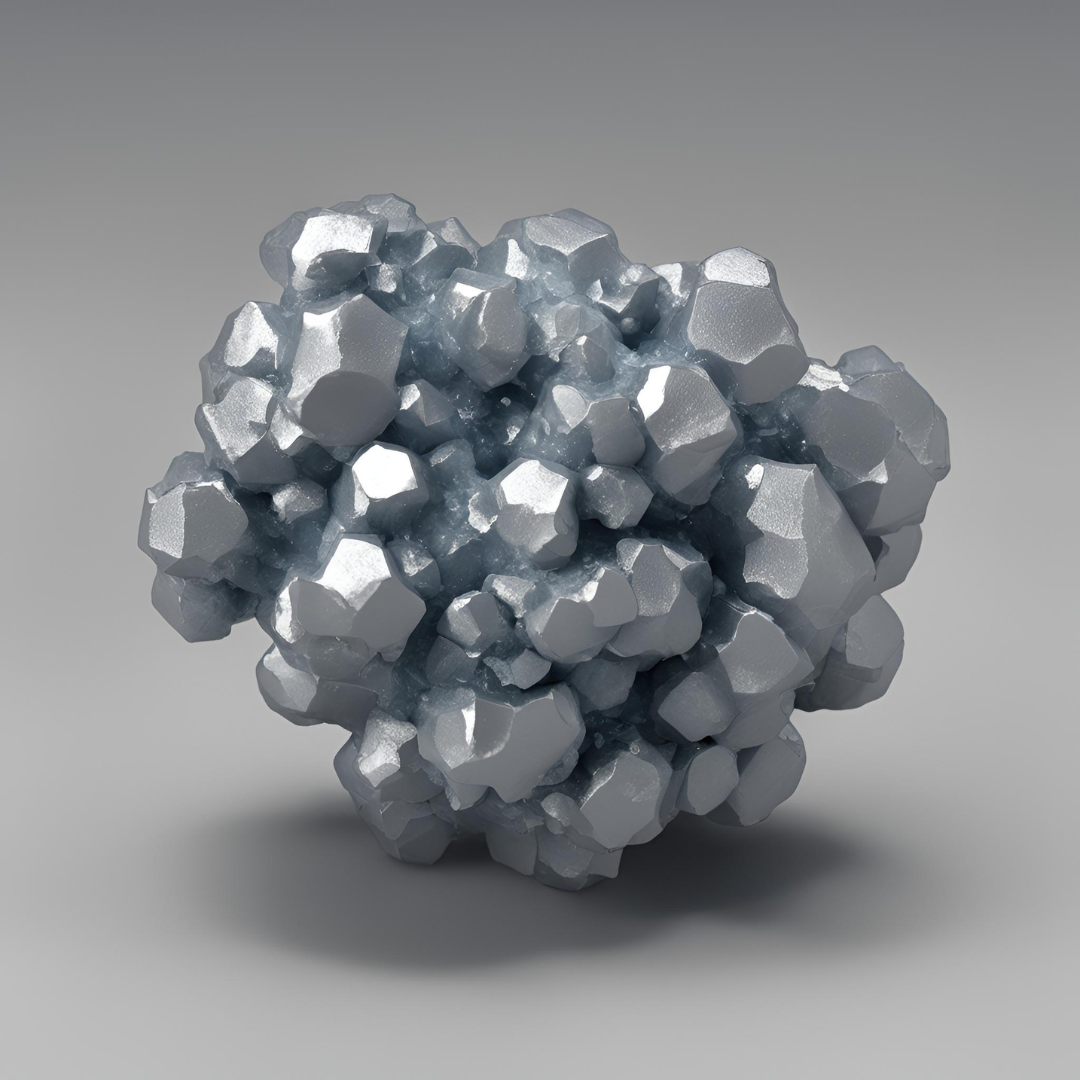Metals & Minerals
Tantalum
Tantalum is a dense, metallic element with the symbol Ta and atomic number 73. It is commonly used in electronic equipment, such as smartphones, laptops, and digital cameras, due to its excellent capacitance and heat resistance properties. Tantalum is also utilized in the aerospace industry for manufacturing aircraft parts and in the medical field for producing surgical implants. Additionally, tantalum is often sourced from conflict regions, leading to ethical concerns in the supply chain.
Beryllium
Beryllium is a lightweight, silver-gray metal that is categorized as an alkaline earth metal on the periodic table. It is highly toxic and should be handled with extreme caution. Beryllium has a high melting point and is valued for its stiffness, light weight, and ability to conduct electricity. Due to its unique properties, beryllium is commonly used in industries such as aerospace, defense, and telecommunications for various applications, including in the production of specialist alloys and ceramics.
Metals & Minerals
Coal
Coal is a combustible black or brownish-black sedimentary rock consisting mainly of carbon and hydrocarbons. It is formed from the remains of ancient plants and trees that have been subjected to intense heat and pressure over millions of years. Coal is a nonrenewable energy source and the largest source of energy for the generation of electricity worldwide. It is mined from underground or surface mines and can be classified into four main types: anthracite, bituminous, subbituminous, and lignite. Coal combustion releases pollutants such as carbon dioxide, sulfur dioxide, nitrogen oxides, and mercury, contributing to air pollution and climate change. Despite its environmental impact, coal continues to play a significant role in global energy production due to its abundance and affordability.
Vanadium
Vanadium is a chemical element with the symbol V and atomic number 23. It is a hard, silvery-grey, ductile, and malleable transition metal commonly found in minerals and used in various industrial applications. Vanadium is known for its high strength-to-weight ratio, corrosion resistance, and ability to form strong alloys. It is used in the production of steel, where it imparts toughness and improves structural integrity. Vanadium compounds are also used in the production of batteries, ceramics, and catalysts. Its role in energy storage technologies, such as Vanadium Redox Flow Batteries (VRFB), has been gaining attention due to its potential in renewable energy applications.
Metals & Minerals
Platinum
Platinum is a dense, malleable, and highly unreactive metal with a silvery-white color. It is a rare element that belongs to the platinum group of metals. Platinum is used in various industries, including jewelry making, automotive manufacturing, and electronics production. Due to its resistance to corrosion and high melting point, platinum is highly valued.
Silver
Silver is a lustrous white metal with the chemical symbol Ag. It is found in nature as a precious metal and is often used in various industrial applications due to its high conductivity and corrosion resistance. Silver is also highly valued for its use in jewelry and silverware.
Metals & Minerals
Lithium
Lithium: A Brief Overview
Lithium is a soft, silvery metal with the element symbol Li and atomic number 3. It is the lightest metal and lightest solid element. Lithium is highly reactive and flammable, and it is commonly used in rechargeable lithium-ion batteries due to its high energy density. Besides batteries, lithium is also utilized in various industrial applications, such as ceramics, glass, and lubricants. Furthermore, it is prescribed as a mood-stabilizing drug in psychiatry to treat bipolar disorder. Overall, lithium plays a crucial role in modern technology and medicine.
Salt
Salt is a mineral composed primarily of sodium chloride (NaCl), a chemical compound belonging to the larger class of salts. It is commonly used as a seasoning and preservative in food, imparting flavor and extending the shelf life of various products. Sodium, one of the elements found in salt, is an essential nutrient for human health, playing a crucial role in regulating fluid balance and nerve function. While salt is primarily sourced from mines and seawater, it can also be produced through evaporation methods. Aside from its culinary uses, salt has applications in industries such as chemicals, water treatment, and road de-icing.
Metals & Minerals
Tin
Tin is a chemical element with the symbol Sn and atomic number 50. It is a silvery-white metal that is malleable, ductile, and somewhat crystalline. Tin is commonly used as a coating for other metals to prevent corrosion or for soldering electrical circuits. Additionally, tin is a key component in the production of various alloys, such as bronze. The most abundant ore of tin is cassiterite, and major tin-producing countries include China, Indonesia, and Peru.








